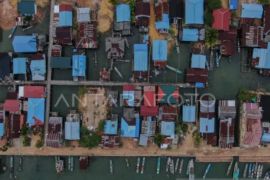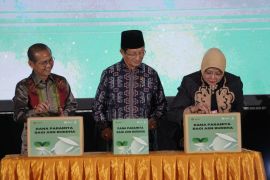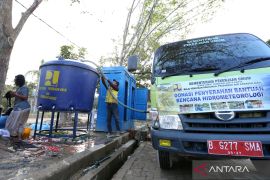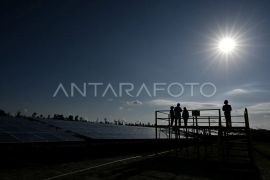"It is true that the problem in oil and gas sector has caused the deficit. But if we can export more, the deficit can be covered," Brodjonegoro stated here on Wednesday.
The central bank, Bank Indonesia (BI), has recorded an increase of current account deficit (CAD) in the third quarter of 2018 to 3.37 percent of the gross domestic product (GDP), or some US$8.8 billion, compared to the CAD in the second quarter of the year at 3.02 percent of GDP, or $8 billion.
According to BI, the increased CAD was stemming from the declined performance of trade balance for goods and increased deficit of balance for services.
On trade balance for goods, oil and gas sector has recorded an increase in deficit to $3.53 billion, as the import value of oil rose following the world oil price hike.
Non-oil and gas sector has recorded a slight increase of surplus to $3.43 billion due to the high import.
The increased domestic consumption has contributed to the high import in non-oil and gas sector.
Brodjonegoro took the example of Thailand, which has a current account surplus although it is not an oil-producing country.
"The huge import of oil was covered by its higher export. Thailand has strength in its food and beverage processing industry," Brodjonegoro elaborated.
He remarked that food and beverage industry has also become a superior sector due to its capability to create added value, jobs, and highest export.
"But the industry would not be able to create added value without the input; for instance, in fishery, a very simple example is processed seafood products, such as fish fillet or canned shrimp. I mean, we have the input, but when it comes to value-added product, it is dominated by the foreign (industry)," Brodjonegoro revealed.
Reporting by Citro Atmoko
Editing by Sri Haryati, Yoseph Hariyadi
Reporter: antara
Editor: Heru Purwanto
Copyright © ANTARA 2018












